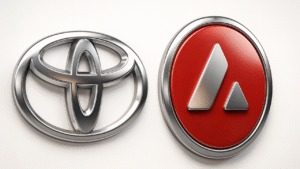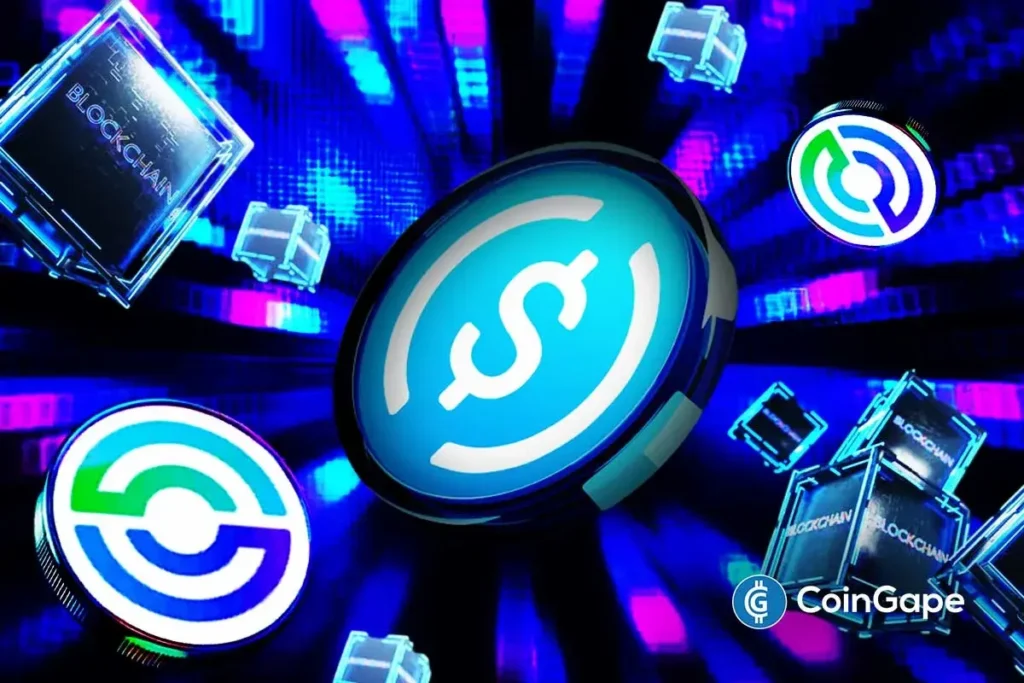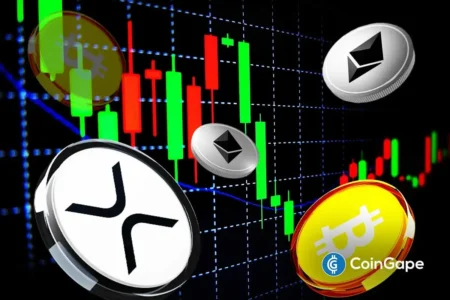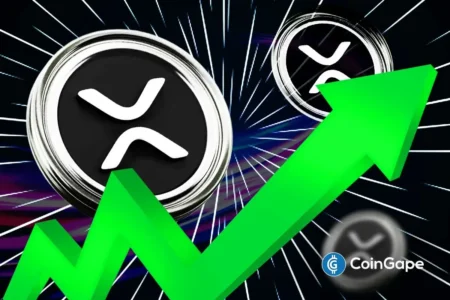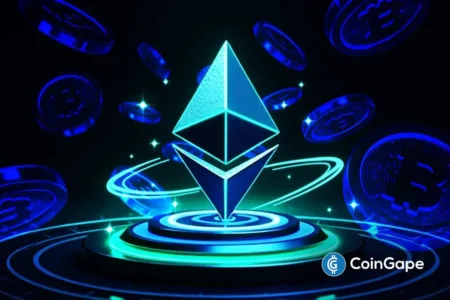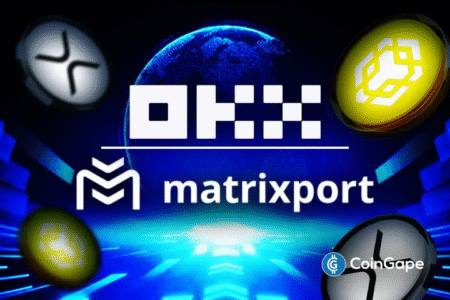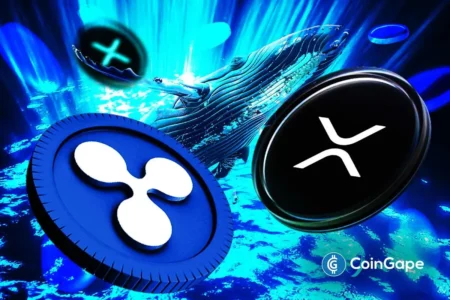Circle Unveils Arc: A Leap into the Stablecoin Landscape
Circle, the issuer of USDC, is making significant strides in the stablecoin sector with the launch of the Arc Layer-1 blockchain. This innovation aims to establish a robust framework for stablecoin transactions, positioning USDC as its primary gas token for operations. The development promises an array of features tailored to meet the rigorous demands of enterprise-grade payments and financial services.
Introduction to Circle’s Arc Blockchain
The Arc blockchain is designed as an open Layer-1 network, engineered to enhance stability and efficiency in stablecoin payments, foreign exchange (FX), and capital market applications. This initiative reflects Circle’s intention to consolidate its standing in the competitive stablecoin market. Notably, the Arc blockchain is EVM-compatible, integrating seamlessly with Ethereum Virtual Machine protocols, which is essential for a wide array of decentralized applications (dApps).
Circle highlights that the Arc network will leverage USDC as its native gas, facilitating smoother transaction processes. Enhanced by an integrated stablecoin FX engine, the network promises sub-second settlement finality, ensuring rapid transactions that meet the demands of modern finance. Additionally, users will benefit from opt-in privacy controls, allowing for security in transactions while still complying with regulatory standards.
Integration and Interoperability Plans
As part of its ambitious strategy, Circle plans to fully integrate the Arc network across its suite of financial services. The interoperability feature is particularly noteworthy, as it aims to bridge connections with partner blockchains supported by Circle, enhancing usability across various platforms. The public testnet for the Arc network is scheduled to launch in the upcoming fall, providing an opportunity for developers and businesses to explore its potential before the full launch.
This announcement aligns with Circle’s recent financial disclosures, showcasing its continued growth trajectory. In the second quarter earnings report, the company emphasized not only the technical advancements with Arc but also its ongoing commitment to regulatory compliance through initiatives like the passage of the GENIUS Act.
Circle’s Financial Performance in Q2
Journeying beyond new technology, Circle’s Q2 financial report reveals promising metrics for the issuer of USDC. The circulation of USDC surged 90% year-over-year, culminating at $61.3 billion at the end of Q2, with recent figures showing an increase to $65.2 billion by August 10, 2025. This impressive growth solidifies USDC’s position as a leading stablecoin in the market, which is critical for Circle’s ongoing strategies.
The company’s overall revenue also saw a substantial boost, increasing 53% year-over-year to reach $658 million. However, the report also indicated a net loss of $482 million, primarily attributed to non-cash charges related to its recent Initial Public Offering (IPO), which netted the company $1.2 billion. These financial results underscore the volatile nature of the financial landscape, yet they also hint at the potential for future growth.
Understanding the Losses and Stock Performance
The notable net loss reported by Circle was significantly influenced by IPO-related expenses totaling $591 million. A portion of this was due to employee stock-based compensation linked to the IPO, amounting to $424 million. Furthermore, a $167 million increase in the fair value of convertible securities contributed to the overall loss. Despite these financial challenges, the market responded positively, with Circle’s stock, CRCL, appreciating more than 8% in pre-market trading. Such performance signals investor confidence amid the company’s innovative strides with the Arc blockchain.
Innovations Beyond the Arc Blockchain
In addition to the launch of Arc, Circle spotlighted several other initiatives. The recently implemented Circle Payments Network (CPN) has begun establishing payment corridors, with four currently operational. As the firm pivots toward international transactions, Circle aims to collaborate with over 100 financial institutions, a move that promises to enhance its global reach. Moreover, the introduction of Circle Gateway allows users to maintain unified USDC balances, enabling quick and efficient cross-chain liquidity.
With these initiatives, Circle is laying a solid foundation not just for the stablecoin market but for future financial ecosystems. Their commitment to enhancing user experience and operational efficiency reflects a broader trend of innovation targeting the growing demand for stablecoins in digital finance.
Conclusion: What Lies Ahead for Circle
Circle’s unveiling of the Arc Layer-1 blockchain marks a transformative moment in the stablecoin industry. Through its unique features and ambitious integration plans, Circle is poised to solidify its leadership role and drive forward the utility of USDC in various financial applications. As the public testnet approaches, anticipation builds among developers and businesses eager to explore the blockchain’s capabilities.
Looking ahead, Circle’s commitment to regulatory compliance, innovative technologies, and strategic partnerships could well reshape the financial landscape and make the firm a pillar in the future of digital currencies. As developments unfold and market dynamics continue to evolve, stakeholders in the crypto ecosystem will be keenly watching how these initiatives translate into growth and user adoption.
